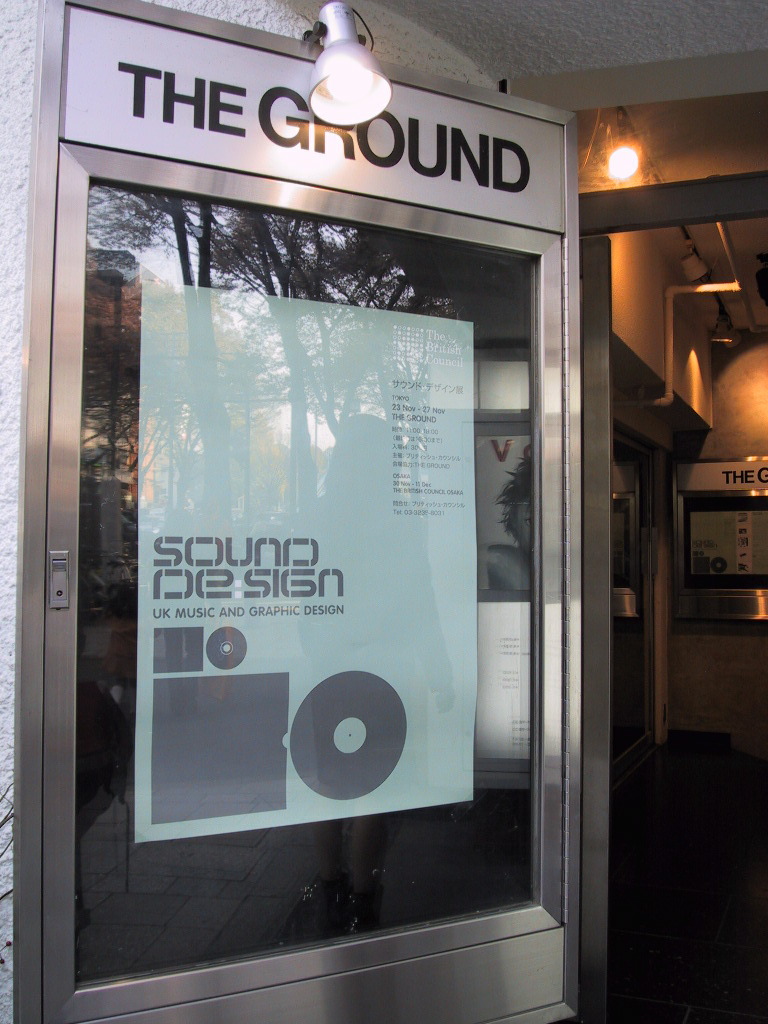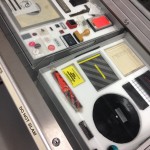Welcome to Sound Design: UK Music and Graphic Design, an exhibition from 2000. Staged on the cusp of the digital communications revolution it has no online presence and is therefore “invisible”. This post is an attempt at digital reparation, an experiment in creating a “trace” for a long-gone temporary exhibition by providing details of the exhibition-making process. The idea for an exhibition on the graphic design of popular music came from David Elliott, then Head of Arts at the British Council in Japan and a keen vinyl collector. I was asked to pitch a concept that would fit the brief and then employed as curator. The exhibition was designed and organised in the UK by the British Council and toured Asia and Australia. Sometimes in a venue for just a few days, it proved extremely popular, surpassed all expectations and toured for nearly three years; before opening in Tokyo it was already booked into venues in Sydney, Thailand, Malaysia and the Philippines. However, there is no British press coverage, probably because the exhibition wasn’t shown in the UK. Masses of media was generated in Asian and a pile of clippings probably resides in the Tokyo office; I saw the fast-growing folder, and recently found a review in The Japan Times (“The cutting edge of sound and vision”, by Jennifer Purvis, 3/12/2000). (Eventually the British Council realised it was missing a trick and started to give touring shows a short run in the UK, with a Press and Private View to provoke media interest).
This is the poster, in situ, displayed at the entrance to the Tokyo venue, The Ground. Instead of installing the exhibition at the British Council headquarters, it opened in this concrete-lined bunker (not the easiest place to hang a show) close to the epicentre of Japanese trendiness (between Harajuku and Meiji-Dori). However, in some correspondence The Spiral is named as venue, which would have been an even bigger deal! David’s brief called for an exhibition of UK music graphics; from the golden years of vinyl when British designers helped to invent the genre of “album sleeve art”, to recent annexation of the aesthetic high ground by indie labels and various subcultures. The aim was to come right up to date with examples of ingenious CD packaging.
Continue reading



